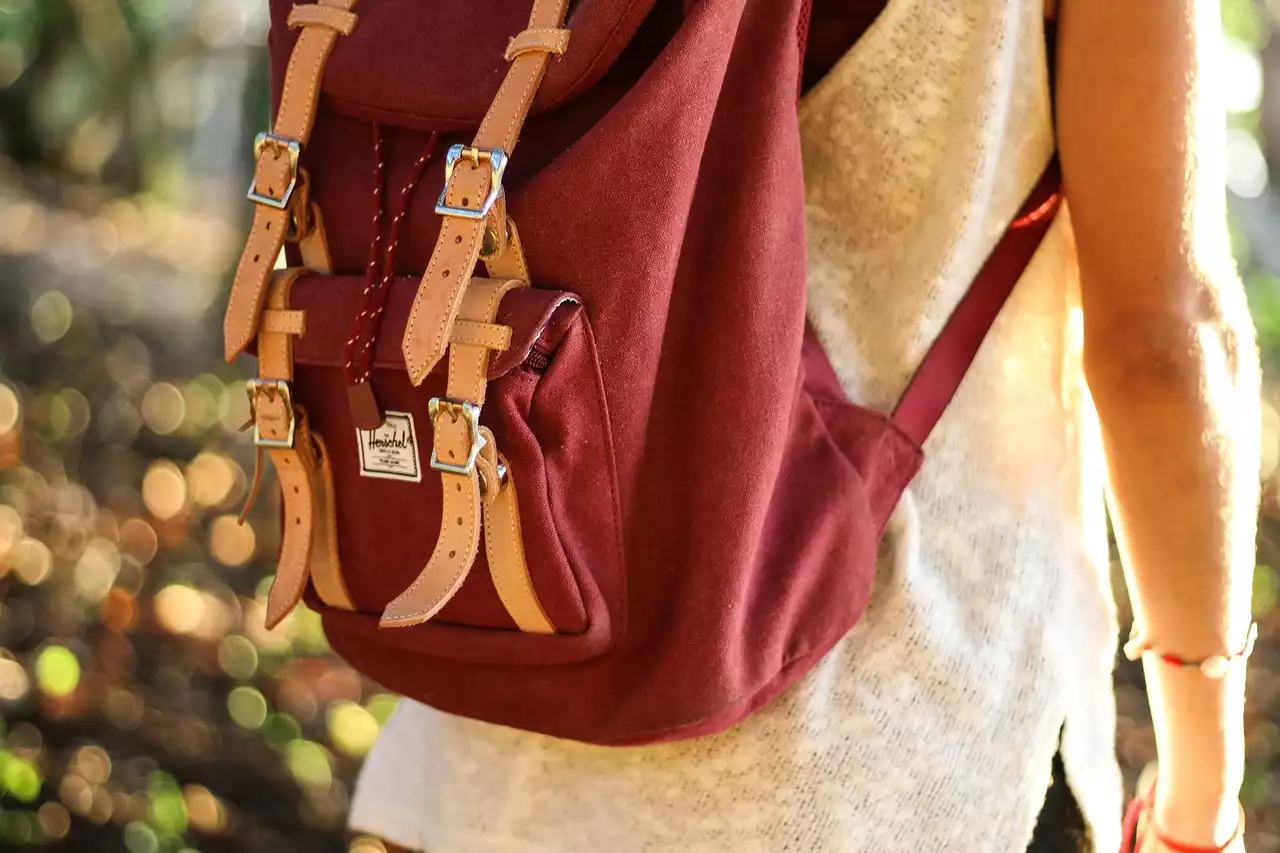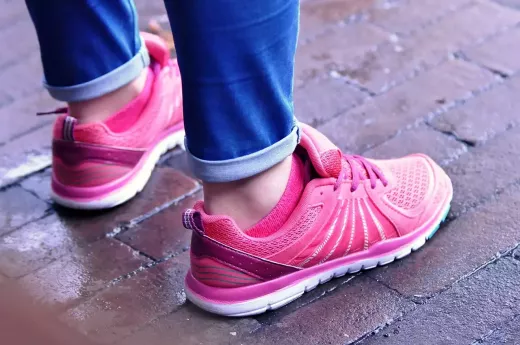Introduction
Whether you're an avid hiker or a city-dweller who loves the convenience of a backpack, you know how important it is to have a reliable bag. Your backpack is not just a place to store your belongings, but it's also a reflection of your personality and style. However, with regular use, backpacks can quickly become worn out, dirty, and lose their aesthetic appeal. That's why it's essential to take proper care of your favorite bag to ensure its longevity and durability. From cleaning and conditioning to storing and organizing, there are several steps you can take to maintain your backpack's aesthetic and functionality. In this article, we'll explore some tips and tricks for backpack care, so you can keep your favorite bag looking and feeling like new for years to come.
Importance of maintaining backpacks
Backpacks are an essential item for many people. They are often used to carry laptops, books, and other personal belongings, making them an important part of daily life. However, backpacks are also subjected to wear and tear due to their regular use, and this could lead to damage, which may affect their functionality. By maintaining your backpack, you can extend its lifespan and ensure that it remains in excellent condition. Proper maintenance of your backpack can also save you money in the long run since you won't have to replace it as often as you would if you didn't take care of it.
Common backpack materials and their properties
Backpacks are made from various materials, including leather, nylon, canvas, and polyester. Each of these materials has its unique properties and requires specific care. Nylon, for example, is a durable fabric that is resistant to abrasions and tears. It's also water-resistant, making it perfect for outdoor activities. Canvas is a heavy-duty fabric that is also durable but is not as water-resistant as nylon. Leather backpacks, on the other hand, are stylish and durable but require special care. Polyester is a synthetic material that is lightweight and water-resistant. It's often used in backpacks designed for sports and outdoor activities.
General backpack cleaning guidelines
Cleaning your backpack regularly is essential in maintaining its aesthetic appeal and functionality. The general rule of thumb is to spot clean as soon as possible. Use a mild detergent and a soft-bristled brush to clean dirt and stains. Avoid using harsh chemicals or bleach as they may damage your backpack's material. After spot cleaning, rinse your backpack thoroughly with clean water and let it air dry. Avoid using a dryer as the heat may cause damage to the material.
Deep cleaning techniques for different materials
In addition to general cleaning, deep cleaning your backpack is necessary to remove dirt and stains that may not have been removed during spot cleaning. For nylon backpacks, submerge the backpack in warm water with a mild detergent and let it soak for about 30 minutes. Use a soft-bristled brush to scrub the backpack gently, then rinse thoroughly with clean water and let it air dry. For canvas backpacks, use a soft-bristled brush to remove dirt and stains, then wipe the backpack with a damp cloth. For leather backpacks, use a leather cleaner and conditioner to clean and condition the material. Always follow the manufacturer's instructions when cleaning leather backpacks.
Preventative care measures to prolong backpack lifespan
Preventative measures are necessary to ensure that your backpack remains in excellent condition for an extended period. Avoid overloading your backpack as this may cause damage to the zippers and seams. Always use your backpack's straps to distribute the weight evenly across your back. Avoid carrying sharp objects that may puncture or tear your backpack. When not in use, store your backpack in a cool, dry place away from direct sunlight.
How to store backpacks properly
Storing your backpack correctly is essential in maintaining its shape and functionality. When not in use, empty your backpack and stuff it with newspaper or tissue paper to retain its shape. Avoid hanging your backpack for an extended period as this may cause the straps to stretch. Store your backpack in a cool, dry place away from direct sunlight and moisture.
Repairing backpacks
DIY or professional?
If your backpack gets damaged, it's important to decide whether to repair it yourself or take it to a professional. Minor repairs such as replacing a zipper or sewing a tear can be done at home using a needle and thread. However, more complex repairs such as replacing a strap or patching a large tear may require the services of a professional. Always weigh the cost of repairs against the cost of buying a new backpack before making a decision.
Special care for leather backpacks
Leather backpacks require special care to maintain their aesthetic appeal and functionality. Avoid exposing your leather backpack to water and sunlight as this may cause the material to crack and fade. Use a leather conditioner to keep your backpack soft and supple. Apply the conditioner using a soft cloth and let it absorb into the leather for several hours. Avoid using harsh chemicals or bleach as they may cause damage to the leather.











